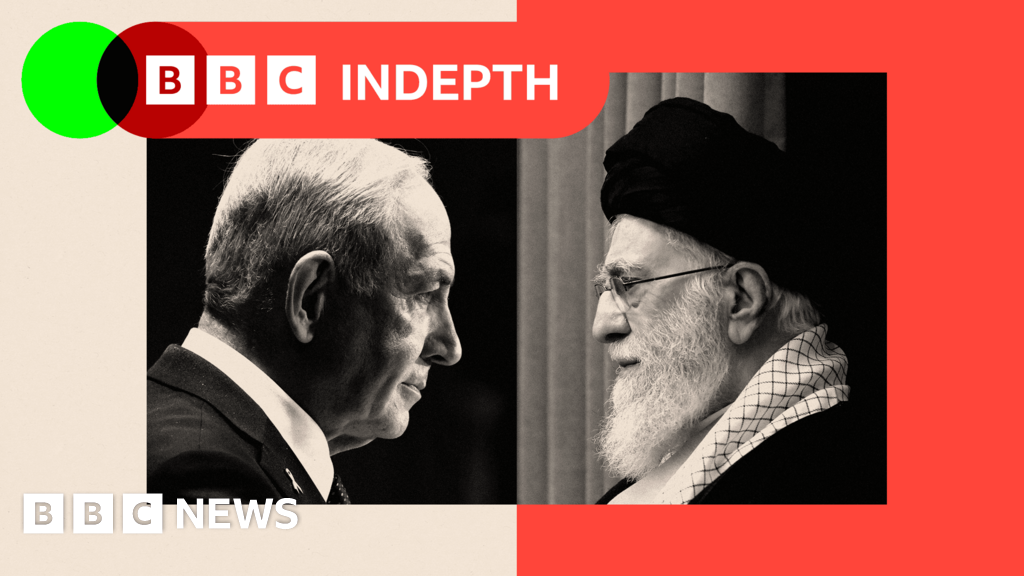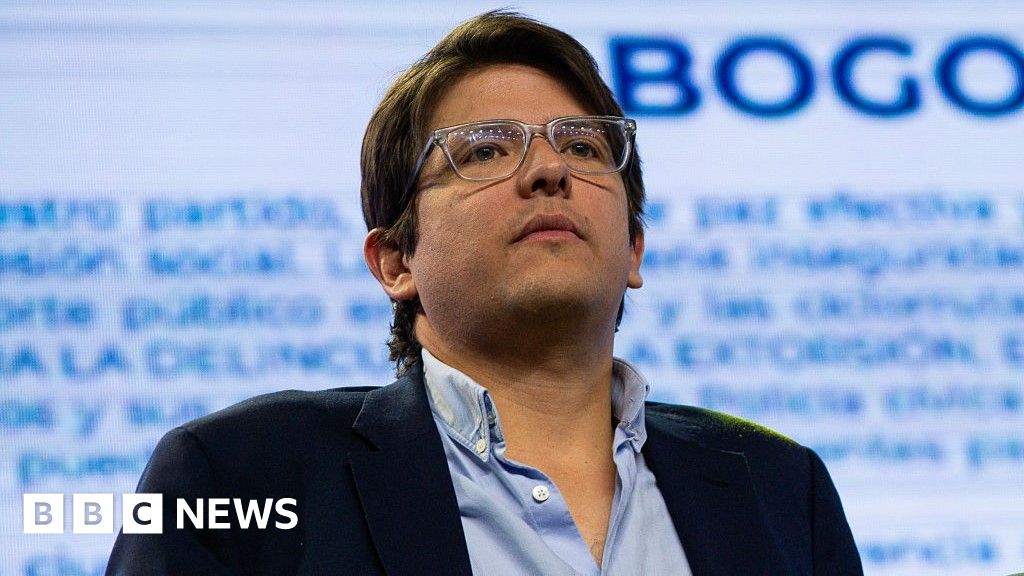Key Takeaways
- ASI unifies three major AI projects under one token.
- TAO halving and upgrades boost scarcity and utility.
- AKT surges on real AI demand and GPU growth.
The intersection of artificial intelligence and crypto is heating up, and May 2025 is shaping up to be a pivotal month for some of the sector’s most promising tokens.
As demand for decentralized AI infrastructure and more innovative blockchain applications grows, three projects stand out for their real-world momentum and upcoming catalysts.
1. Artificial Superintelligence Alliance (FET)
Catalyst: Triple-token merger & ecosystem expansion
FET will result from a merger between Fetch.ai, SingularityNET, and Ocean Protocol—three of the biggest names in AI and crypto.
This May marks the full operationalization of this alliance, with all tokens (FET, AGIX, OCEAN) merged into FET Token.
You’ll Want To See This
The move combines Fetch’s AI agents, SingularityNET’s AI marketplace, and Ocean’s data exchange layer into a unified platform.
Why it matters:
The merger consolidates user bases, developer communities, and liquidity into a single token economy, creating one of crypto’s most comprehensive AI ecosystems.
With backing from high-profile founders like Dr. Ben Goertzel and a market cap of ~$7.5B, FET aims to challenge centralized AI giants by offering an open, decentralized alternative.
Price Potential:
Investor sentiment is bullish. FET is seen as a long-term infrastructure play for decentralized AI, and the successful merger is expected to create strong network effects.
Its price momentum could accelerate as integration deepens and new dApps launch within the ecosystem.
FET broke above descending resistance and is retesting near $0.72. RSI formed a bullish divergence during the March bottom, supporting the rally.
A brief correction is expected before the rally continues toward $1.05 and $1.27 Fib levels.
The strong structure suggests a breakout rally may extend toward $1.48 or even $1.79 in the coming weeks.
2. Bittensor (TAO)
Catalysts: Binance listing, Dynamic TAO upgrade, upcoming halving
Bittensor is building a decentralized network where users can contribute and monetize machine learning models.
Think of it as a blockchain-native “brain market,” where subnets compete to deliver valuable AI services. Contributors are rewarded in $TAO, a fixed-supply token with Bitcoin-like scarcity.
Recent Developments:
TAO’s April 2024 Binance listing brought liquidity and visibility.
February’s “Dynamic TAO ” recently upgraded decentralized governance and reward allocation across AI subnets, making the network more scalable and fair.
A halving event is due in September 2025, reducing emissions from 1 to 0.5 TAO per block.
Why it matters:
The combination of scarcity, major exchange support, and technical maturity makes Bittensor one of the most talked-about AI tokens.
The halving could act as a supply-side catalyst, especially if network demand grows.
Price Potential:
TAO’s limited supply and growing adoption in the AI community give it strong fundamentals.
With TAO trading in the $300–$400 range in early 2025, some analysts forecast four-digit prices by year-end if the network sees meaningful AI developer traction.

TAO surged from a multi-month wedge breakout, currently consolidating around $360.
The RSI is cooling off from overbought levels, likely leading to a healthy retracement before continuation.
Key resistance lies at $393 (0.382 Fib), with higher targets at $462 and $530—strong fundamentals and the halving narrative support a bullish mid-term structure.
3. Akash Network (AKT)
Catalysts: NVIDIA integration, exponential growth in AI usage, roadmap to “Supercloud”
Akash is a decentralized marketplace for cloud computing, offering on-demand GPU power at competitive prices—essentially a decentralized AWS for AI.
Built on Cosmos, Akash allows developers to rent compute from idle servers worldwide using the $AKT token.
Recent Highlights:
Akash’s integration with NVIDIA and partnerships with Venice.ai and Prime Intellect have positioned it as a serious player in AI infrastructure.
The network’s revenue increased 1,731% year over year in 2024, fueled by rising demand for affordable GPU compute to power AI models like Meta’s LLaMA.
What’s Next:
Akash is evolving into a full “supercloud” platform, with new upgrades expected to introduce persistent storage, serverless functions, and simpler app deployment.
These changes could attract more AI startups and web3 developers, increasing demand for AKT.
Price Potential:
With real-world usage surging and enterprise-grade partners onboard, AKT is increasingly viewed as an undervalued infrastructure play.
Its relatively low market cap (compared to peers like Render) leaves room for significant upside.

AKT price broke out of a falling wedge, reclaiming $1.40 with bullish momentum.
RSI shows bearish divergence, hinting at a short-term pullback before targeting the $1.83 and $2.43 Fibonacci levels.
The breakout structure suggests continuation toward $2.90 if demand persists. Watch for consolidation around $1.20–$1.40 as a potential reaccumulation zone.
Conclusion
In May 2025, FET, TAO, and AKT are the top AI tokens with strong upside potential. Each benefits from a unique catalyst:
A historic merger and a unified AI ecosystem back FET.
TAO is refining its decentralized AI economy ahead of a major halving.
AKT is riding real AI demand with NVIDIA-aligned cloud infrastructure.
As AI becomes an integral part of the digital economy, these projects are well-positioned to lead the next wave of crypto innovation.
Disclaimer:
The information provided in this article is for informational purposes only. It is not intended to be, nor should it be construed as, financial advice. We do not make any warranties regarding the completeness, reliability, or accuracy of this information. All investments involve risk, and past performance does not guarantee future results. We recommend consulting a financial advisor before making any investment decisions.
Was this Article helpful?

















